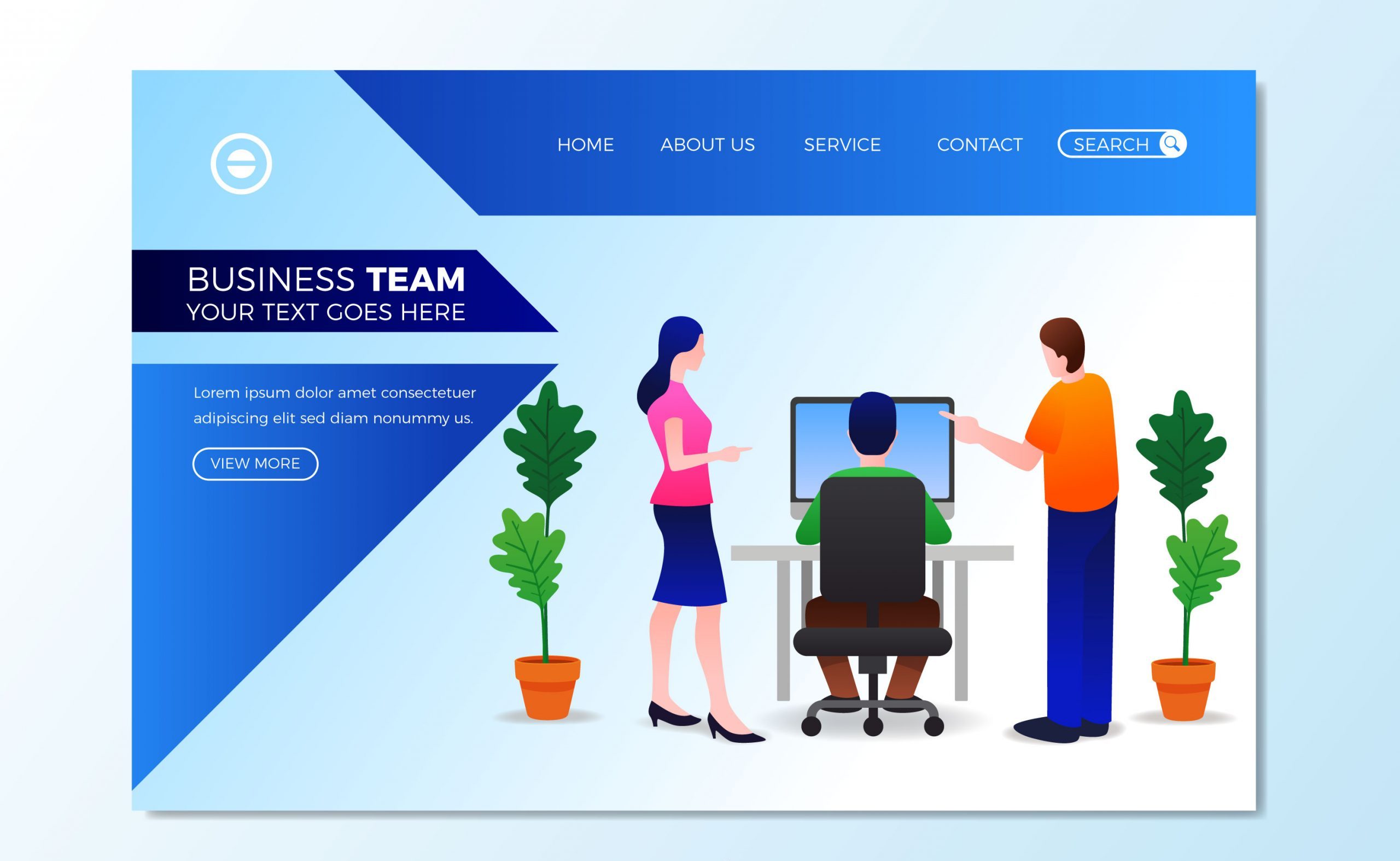In today’s competitive tech industry, effective employer branding for IT organizations is essential to attract and retain top talent. Employer branding shapes how potential employees perceive your company and plays a crucial role in differentiating your organization from competitors. A strong brand not only attracts skilled IT professionals but also fosters loyalty among current employees. This blog explores key strategies for building effective employer branding for IT organizations.
1. Understanding the Importance of Employer Branding for IT Organizations
The significance of employer branding for IT organizations cannot be overstated. In an industry where talent is scarce and competition is fierce, a well-defined employer brand helps you stand out in the job market. It communicates your company’s culture, values, and the unique opportunities you offer to IT professionals. A strong employer brand not only attracts high-quality candidates but also reduces hiring costs and turnover rates by ensuring that new hires align with your organizational culture and goals.
2. Crafting a Compelling Employer Value Proposition (EVP)
A compelling Employer Value Proposition (EVP) is the cornerstone of employer branding for IT. Your EVP should clearly articulate what sets your company apart from others in the industry. It should highlight the benefits and opportunities you offer, such as career development, innovative projects, work-life balance, and a collaborative work environment. By crafting an EVP that resonates with your target audience, you can attract IT professionals who are not only skilled but also aligned with your company’s mission and values.
3. Leveraging Digital and Social Media Platforms
Digital and social media platforms are powerful tools for promoting employer branding for IT organizations. Platforms like LinkedIn, GitHub, and even Instagram allow you to showcase your company culture, share employee testimonials, and highlight the exciting projects your team is working on. Engaging content, such as behind-the-scenes videos, blog posts, and employee spotlights, can help you connect with potential candidates on a personal level. Additionally, maintaining an active presence on these platforms helps you stay top-of-mind for IT professionals looking for new opportunities.
4. Encouraging Employee Advocacy
Employee advocacy is a vital component of effective employer branding for IT. Your current employees are your most valuable brand ambassadors. Encourage them to share their positive experiences, achievements, and insights about working at your company on their personal social media profiles and professional networks. Employee-generated content adds authenticity to your brand and helps build trust with potential candidates. By fostering a culture of advocacy, you can amplify your employer brand and reach a wider audience of IT professionals.
5. Measuring and Refining Your Employer Branding Strategy
To ensure the success of your employer branding for IT efforts, it’s important to regularly measure and refine your strategy. Use metrics such as application rates, quality of hire, employee retention, and brand perception surveys to assess the effectiveness of your branding initiatives. By analyzing this data, you can identify areas for improvement and adjust your strategy to better resonate with your target audience. Continuous refinement of your employer brand ensures that it remains relevant and effective in attracting top IT talent.
Conclusion
Building effective employer branding for IT organizations is crucial in today’s competitive job market. By understanding the importance of employer branding, crafting a compelling EVP, leveraging digital platforms, encouraging employee advocacy, and continuously refining your strategy, you can create a strong brand that attracts and retains top IT talent. For more insights on enhancing your employer brand, visit Bedots.
Read more: The Future of IT Hiring: Emerging Trends and Technologies



